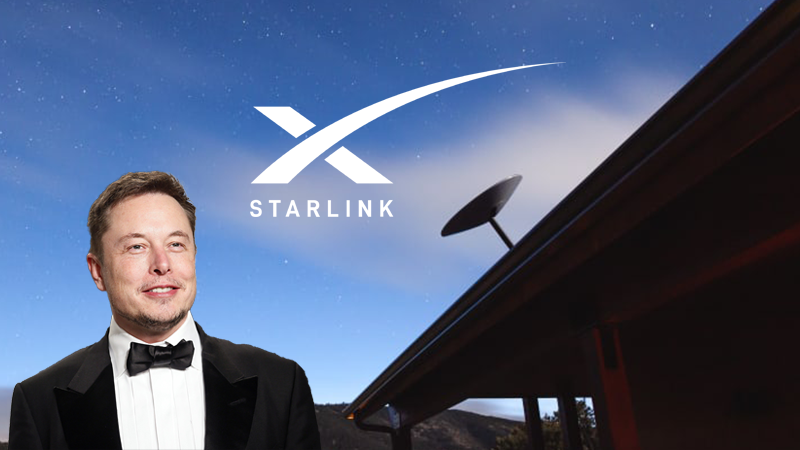.gif)
Billionaire Elon Musk's high-speed satellite internet venture Starlink may improve the country's internet state, but one satellite system player may not be enough to address the demand for quality connection, especially in far-flung areas.
 |
| Elon Musk's Starlink |
More satellite system players needed in the Philippines
Last May 27, the National Telecommunications Commission approved Starlink's registration in the Philippines as a value-added service (VAS) provider. This recent development would allow the company to roll out its services in the local market in the coming months.
The registration also gave them the go signal to "directly access satellite systems, build and operate broadband facilities to offer internet services."
Late in March, Trade Secretary Ramon Lopez said the Philippines is set to be the first in Southeast Asia to avail of such technology that will bring high-speed satellite broadband connectivity to customers.
Many consumers believe that with Starlink's presence in the market, it could already replace existing players PLDT and Globe Telecom.
Will this be the case?
However, Lopez, in a previous statement, said that Starlink may focus on areas where connectivity has been difficult or impossible. This, like the Philippines, is an archipelago with over 7,100 islands, making it challenging for dominant carriers to cover them with their fiber network.
For their part, PLDT and Globe have been also in talks with other players to complement their services.
PLDT, for instance, said last month that it was set to conduct the country's first space-based cellular broadband test with the group's technology collaborator AST SpaceMobile.
Last July 2021, Smart signed a deal with US-based AST SpaceMobile. It noted that the company seeks to build "the first space-based cellular broadband network-accessible directly by standard mobile phones."
Globe, meanwhile, bared late in April that it also signed a memorandum of understanding with AST SpaceMobile to bring telco services in areas "beyond the reach of land-based cell towers."
The Ayala-led telco said that the space-based cellular broadband service is being designed to offer voice, video, data, and internet access via 2G, 4G/LTE, and 5G signals helping to also provide connectivity during times of crisis including disasters and emergencies.
While Starlink may boost the sector, more players are needed.
Just last May 29, the Department of Information and Communications Technology (DICT) issued a statement as it entices more satellite systems players to join the market.
DICT Acting Secretary Emmanuel Rey Caintic even urged Satellite Systems Providers or Operators (SSPOs) to "intensify their corporate presence in the country".
We are in the right direction. Let us continue what we have started and let us work towards our common goal of providing faster and secure connectivity for everyone, Caintic said.
Caintic vowed that the government will support their entry by crafting policies that will safeguard them in ramping up digital transformation initiatives.
DICT Undersecretary Alan Silor also acknowledged the importance of more SSPOs in the industry.
Even if we have good ICT infrastructures, they are vulnerable to natural disasters. This is when the advantages of satellite connectivity are especially realized. Getting bandwidth from satellite providers is also the way to go for Geographically Isolated and Disadvantaged areas or GIDA sites where laying fiber cables is difficult, Silor said.
Also, note that direct Fiber internet is still are still faster and cheaper than Satellite service.

.gif)



















Post a Comment